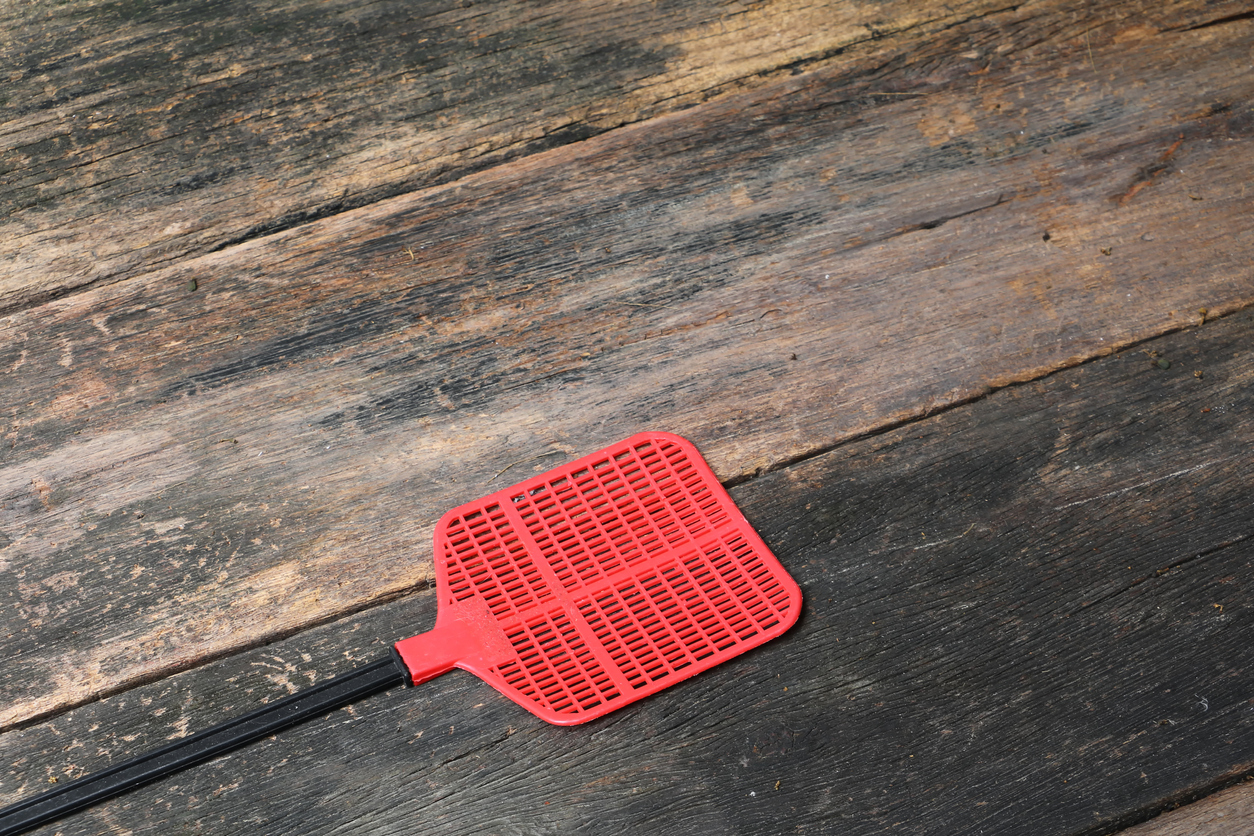New Year, New Critters: Pest Predictions for 2024
With New Year’s Day behind us, we’re looking forward to the year ahead. And we’ve got a few predictions about which critters you might see when.
If your resolution this year is to keep pests at bay, look no further. From eight-legged creeps to furry invaders, these are the most common pest problems for each month of the year and how you can get ahead of them.
January - Rodents
Winter is time for snuggling up against the cold, and that goes for critters, too. When winter weather hits in January, mice and rats are eager to find warm shelter inside your home. Garages, attics, cabinets, and walls are their favorite hiding spots, but you can also find rodents nesting in unlikely places like car engines or appliances.
February - Silverfish
Many bugs lay low during the winter, but the silverfish is one pesky pest that thrives year-round. These flat, fish-shaped bugs live in modest temperatures and like to stay hidden, which means they love to stay indoors. Silverfish like to stow away in books and cardboard, making attics, closets, and garages a favorite hideaway all year long.
March - Snakes
Temperatures start to pick up in late March, especially if you’re in a desert climate. Contrary to popular belief, snakes don’t love basking in the summer sun because it can overheat their cold-blooded bodies. Instead, they prefer moderate temperatures and will sunbathe in the open on overcast days. To keep snakes away from your home, clear out brush, logs, and other shady hiding spots, and always check carefully before lifting any items off the ground outdoors in case a snake is sleeping underneath.
April - Bats
Spooky season isn’t the only time bats are out and about. Springtime is when bats mate, which means females are looking for a safe place to raise their young. Bug-munching bats are essential to the ecosystem (and make for great pest control!), but they can be a nuisance when they make a home in your chimney or attic. To avoid mating bats infesting your home, seal up pest entry points in your roof, such as grates and vents.
May - Mayflies
Who else could we choose for the month of May? Some areas see large swarms of mayflies during the springtime, but luckily the rumors are true: these bugs only live for a day or two. If mayflies are in or around your home, simply use a vacuum for clean-up and wait for their prime to pass.
June - Termites
Summertime is peak termite season — or at least, that’s when you’re most likely to see the signs of an infestation. While these wood-eating bugs thrive year-round, heat can agitate them. As temps rise, the wood they live in swells, driving them out into the open. Whether you see just one termite or a whole swarm, it’s best to call a professional for an inspection before they do serious damage to your home.
July - Mosquitos
Odds are we don’t have to remind you about summer mosquitoes — their itchy bites make their presence known. The best way to reduce mosquitoes in the summertime is to eliminate their breeding grounds: standing water. Keep pools and ponds treated and remove any buckets, birdbaths, or other containers that might be holding water. If that doesn’t do the trick, it’s time to call the pros for mosquito treatment.
August - Ticks
No one loves summertime more than ticks. These bloodsuckers are rampant during the warmer months, especially in tall grass, shrubs, brush, and leaf litter. Unless you venture into their territory, they’re unlikely to be found in yours, but they can be accidentally carried inside. Be sure to keep your grass trimmed and your pets treated with flea and tick control to keep them from bringing ticks indoors.
September - Ladybugs
These polka-dotted beauties may bring to mind images of summer, but fall is when ladybugs thrive. After a season of mating and pollinating, ladybugs look for shelter against the changing seasons in warm places — like your home. Make sure to seal any gaps in your windows and doors to keep these little pollinators where they belong: outside in the garden.
October - Tarantulas
There’s a reason these hairy spiders are associated with Halloween: October is peak tarantula season. During the fall, males emerge from their burrows to wander in search of a mate. Thankfully, North American tarantulas don’t pack a medically significant bite, though their hairs may irritate your skin. And while these big bugs may accidentally wander into a garage or crawlspace, they won’t infest your home. To keep them out, seal up ground-level gaps.
November - Squirrels
Cold weather drives these critters nuts (get it?). When late fall rolls around, squirrels start looking for a warm space to curl up for the winter weather ahead. Unfortunately, they may make a home in your attic, garage, or walls if you don’t seal up your house. It’s important to take steps to keep them outside, or you might be in store for a Griswold Christmas.
December - Scorpions
Scorpions for winter? Truly groundbreaking. But if you live in a desert area, you’re more likely to see a wet Christmas than a white one, and with the rainy winter season comes scorpions. A scorpion’s natural habitat is outdoors under rocks or logs, but when rainwater floods their home, they seek shelter inside yours. To prevent scorpions from coming inside, maintain the weather stripping on your doors and keep ground-level gaps sealed up.
Here’s to a Pest-Free 2024
Want to keep critters out in the year ahead? The best way to do it is with regular pest control. Give us a call and we’ll help you fight infestations before they even happen.






 YouTube
YouTube Facebook
Facebook Twitter
Twitter